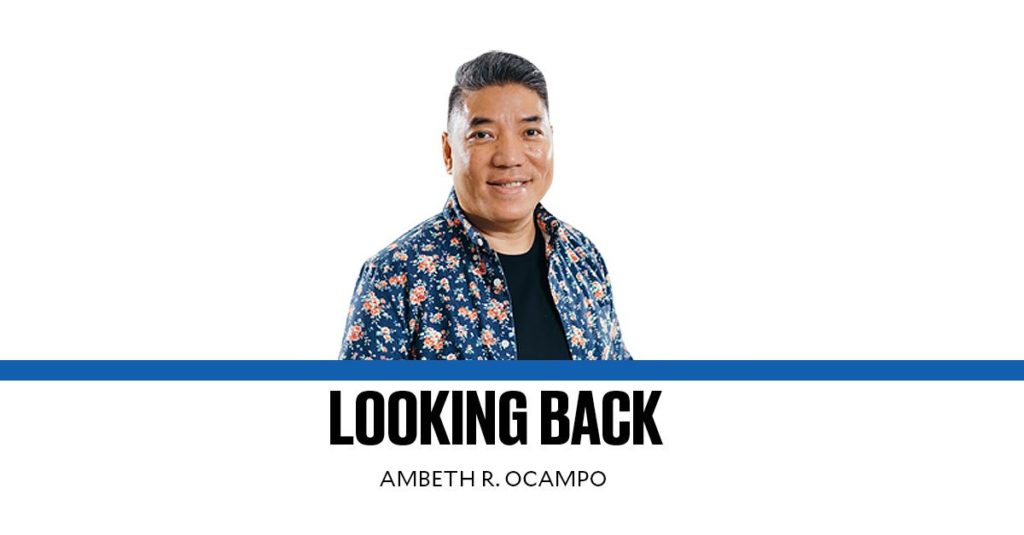“Much Ado About Nothing” is the title of a play by Shakespeare — and also a line that sums up last week’s trending firestorm over the Spanish animated film “Elcano y Magallanes: La primera vuelta al mundo.” Now that the noise has somewhat died down, we should look in the mirror, analyze the outrage over a film nobody has seen, and recognize the failure in classroom history.
The trigger was the local film distributor’s release of the movie trailer and translation of the title from the original Spanish as “Elcano and Magellan: The First Voyage Around the World.” To generate local interest, the following texts were added to the movie poster: “With the Philippines’ very own hero Lapu-Lapu” and “Featuring the Battle of Mactan between Magellan and Lapu-Lapu.” Netizens did not take kindly to Lapu-Lapu being depicted as a villain, not a hero, his angry look contrasting sharply with the cheerful expressions of the lead characters — the “white” explorers Sebastián Elcano and Ferdinand Magellan joined by a pretty “native” woman who is not historical figure but a love interest thrown in to spice up the story line.
To be fair, a comment from National Historical Commission chair Rene Escalante was solicited, but the comment was largely ignored because its sober academic tone was boring compared to the ignorant and indignant Twitter comments that made it to news, very much like the catfight of the Barretto sisters. When news reporting becomes a chase for “likes” and “shares,” there is a danger that the line between fact and opinion becomes blurred. And, in this case, media unwittingly generated more heat than illumination.
What worries me as a historian and teacher is that netizens overlook the need to change gears. Commenting negatively on a cartoon based on a historical event, told from the Spanish point of view, is not a push against historical revisionism. It’s a movie, not a doctoral dissertation or a documentary film. At the risk of sounding unpatriotic or, worse, biased in favor of the “colonizer,” the Battle of Mactan may be significant to Filipinos, but it is merely a detail in the larger story of daring, exploration and the first circumnavigation of the world.
To split hairs: Magellan was not a colonizer, he was an explorer commissioned by Spain to search for a new route to the fabled Spice Islands that would not trespass Portuguese territory. Miguel López de Legazpi was the colonizer who arrived in 1565 — four decades and four years after Magellan. There was yet no Philippines, or Filipinos, in 1521. Magellan named the islands the Archipelago of St. Lazarus, making Lapu-Lapu a “Lazarean” or “Lazareano” not a “Filipino,” because the name “Felipe-nas” was first imposed on the islands of Samar-Leyte in 1544 by the Villalobos expedition. And, going beyond the oversimplified textbook version of the Battle of Mactan, the real villain was Humabon, who feigned conversion to Christianity to forge relations with Magellan, who was then tragically enlisted in the Cebu campaign against Lapu-Lapu.
All the chest-beating patriotism spilled on this issue is a throwback to the controversy over Spanish cookies branded as “Filipinos” that were imagined to be insulting to us as a nation and a people. These cookies were considered racist, even if they came in different flavors: milk chocolate, dark chocolate and white chocolate. The last was particularly offensive to those who felt referred to as being white outside and brown inside. Then Foreign Secretary Domingo Siazon Jr. defused the issue by declaring he would not file a protest with Spain and asking: “Why should we complain? Why should we feel offended by Filipino cookies? Do the Austrians complain about Vienna sausage?”
In retrospect, maybe Austria should feel offended, because wieners are not small, and should never be unfairly compared in size to German Frankfurters. Perhaps, Argentina should protest the Pinoy corned beef brand, the same way that Spain should protest the Pinoy Chorizo de Bilbao, or the Chinese our Pancit Canton.
When history is taught as civics, it instills blind patriotism rather than discipline, which results from engaging with primary source research. History teaches nuanced reading and analysis to come up with an oral or written presentation. Civics reduces the narrative to heroes and villains, good and bad, black and white. History teaches us to have a rational (“what do I think”) rather than an emotional (“what do I feel”) response to the turning points in the emergence of nation.
Comments are welcome at aocampo@ ateneo.edu
